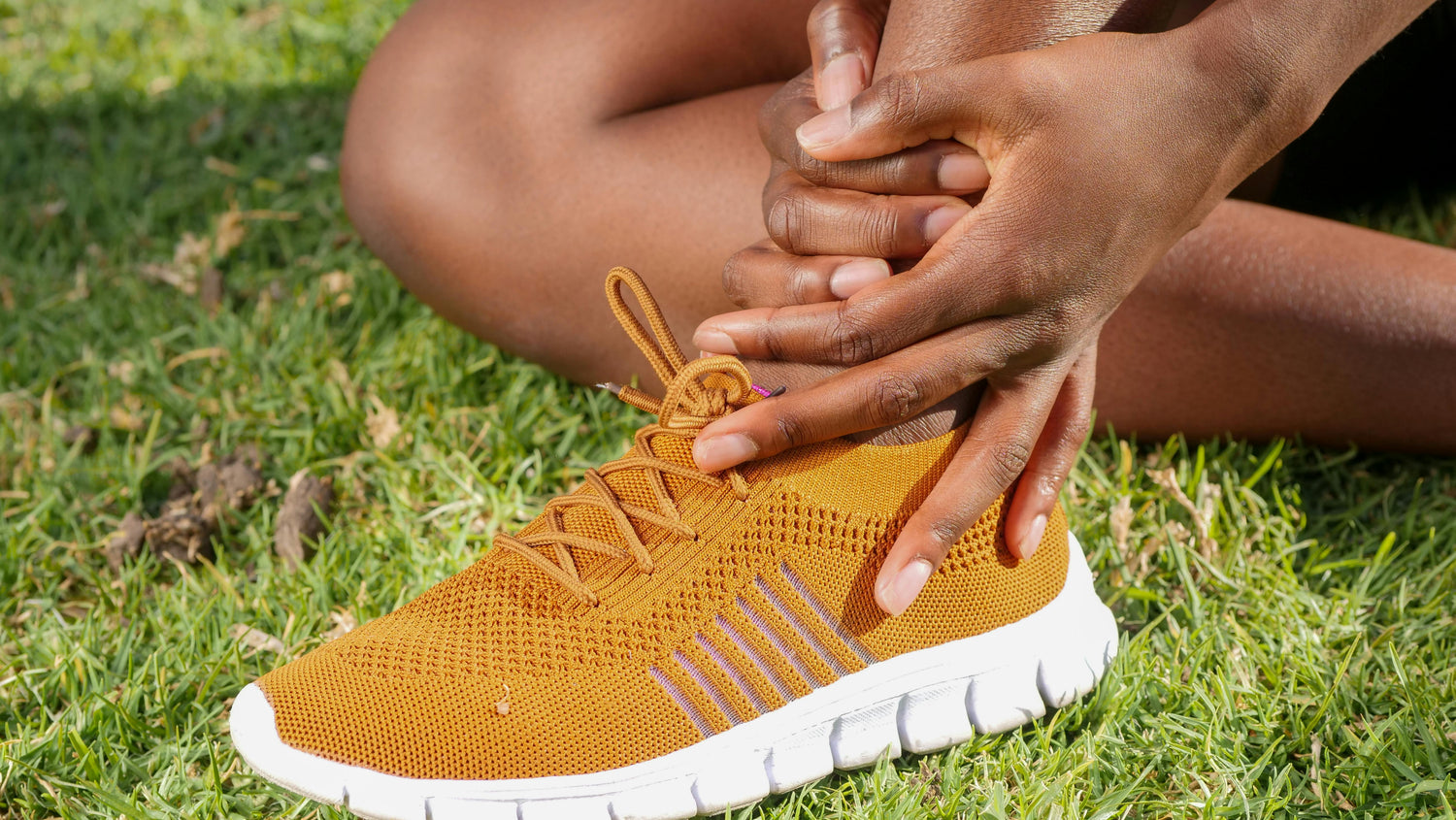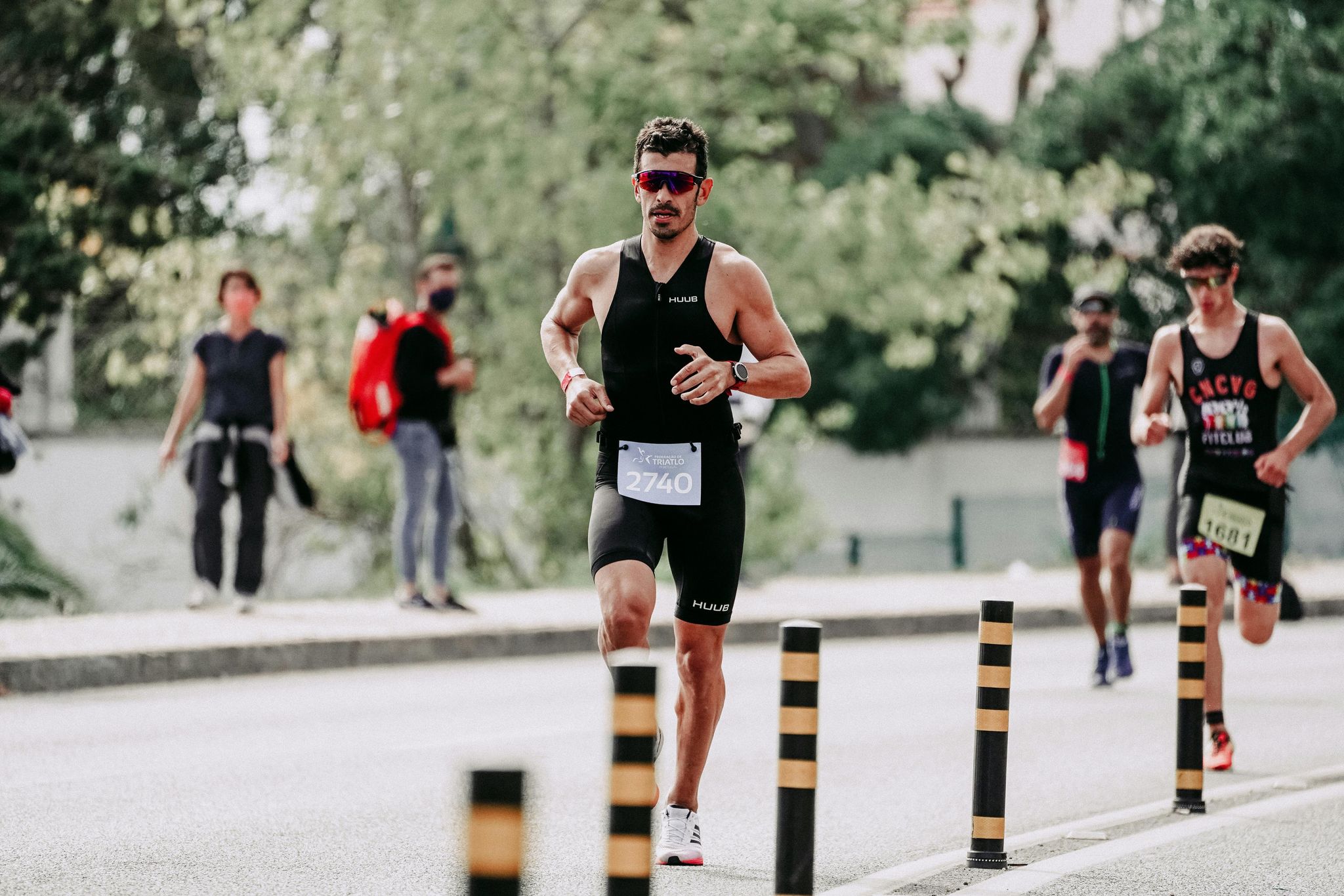The Achilles tendon, a pivotal connector between the calf muscles and the heel bone, often falls victim to the rigorous demands of running. Achilles tendon pain can derail even the most seasoned runner's training schedule, manifesting as a sharp pain at the back of the leg or heel. Understanding the main causes of this pain, along with effective prevention and treatment strategies, can keep you on track toward your running goals. This blog dives into three Achilles tendon strengthening exercises recommended by sports physical therapists aimed at enhancing resilience and performance in runners.
Understanding Achilles Tendon Pain in Runners
Achilles tendonitis, or tendinopathy, often stems from overuse, a sudden increase in training intensity, or inadequate calf strength. The tendon undergoes tremendous stress with each stride, absorbing and releasing energy to propel the runner forward. Without proper strength and flexibility in the calf muscles and Achilles tendon, this repetitive load can lead to inflammation and pain, particularly in the mid-portion of the Achilles tendon.
What to Do If You Experience Achilles Tendon Pain While Running
Immediate steps should include reducing running intensity and volume to allow the tendon to heal. Applying ice can help manage inflammation and pain in the early stages. Gradually introducing gentle stretches and strengthening exercises can aid in recovery, but it's crucial to ensure these do not exacerbate the pain. Consulting with a physical therapist specializing in sports, such as Dr. Garrett Drumheller PT, DPT, SCS, CSCS, can provide personalized advice and adjustments to your training routine to promote full recovery.
Preventative Measures: Avoiding Achilles Tendon Pain
Preventing Achilles tendon pain involves gradually increasing the intensity of your runs, incorporating strength training for your calf muscles, and ensuring adequate rest between high-intensity workouts. Proper warm-up and cool-down routines, including calf stretches and eccentric exercises, are essential. Wearing appropriate footwear that offers sufficient support and cushioning can also mitigate the risk.
Strengthening Your Achilles Tendon
-
Wall Sit With Heel Raise
-
How To: Stand with your back against a wall, feet shoulder-width apart. Slide down into a sitting position, knees slightly bent, then slowly lift your heels off the ground, rising onto your toes. Hold for a few seconds before slowly lowering your heels back down.
-
Reps/Sets: 3 sets of 10-15 reps. Incorporate this exercise into your routine 2-3 times a week to strengthen the calf muscles and the Achilles tendon.
-
-
HR Isometrics (10-Second Holds)
-
How To: Stand facing a wall with your hands for support. Extend one leg back with the heel down and knee straight. Push the back heel into the ground and hold the position for 10 seconds. This static hold targets the gastrocnemius muscle and Achilles tendon.
-
Reps/Sets: 3 sets of 5 reps on each leg. Perform these holds before runs to warm up the Achilles tendon and calf muscles.
-
-
Walk the Dog Yoga Pose
-
How To: Start in a downward-facing dog position with hands and feet on the ground, hips raised high. Alternate bending each knee, bringing the heel closer to the ground, to stretch the calf muscles and Achilles tendon.
-
Duration: 1-2 minutes. Include this pose in your cool-down routine to enhance flexibility and reduce tension in the Achilles tendon and calf muscles.
-
How These Exercises Aid Recovery
The path to alleviating Achilles tendon pain and preventing achilles tendinopathy lies not only in resting but actively engaging in exercises designed to strengthen the Achilles tendon and surrounding muscles. The three exercises detailed below specifically target areas that, when strengthened, can significantly reduce pain, enhance flexibility, and prevent future instances of Achilles tendonitis.
1. Wall Sit With Heel Raise
This exercise engages the entire lower leg, emphasizing the calf muscles and the Achilles tendon. By lifting the heels off the ground from a wall sit position, you're performing a calf raise that challenges both the gastrocnemius and soleus muscles. The action of slowly lifting and lowering the heels applies a gentle load to the Achilles tendon, which can help strengthen the tendon and improve its ability to handle stress. This is particularly beneficial for runners experiencing mid-portion Achilles tendonitis, as it aids in gradually increasing the tendon's capacity for load without overexertion. Incorporating this exercise helps to ensure that both legs bear the body weight evenly, reducing the risk of overloading the injured leg.
2. HR Isometrics (10-Second Holds)
HR Isometrics or heel raises with a focus on holding the raised position, target the crucial interaction between calf strength and Achilles tendon resilience. By maintaining a leg straight position against a wall and pressing the heel down, this exercise creates an isometric contraction in the calf and Achilles tendon. This static form of engagement helps in reducing pain associated with Achilles tendonitis by strengthening the tendon without the need for repetitive movement that might exacerbate the injury. The emphasis on keeping the knee straight during the exercise ensures that the gastrocnemius muscle, which crosses the knee and ankle, is adequately activated along with the soleus muscle.
3. Walk the Dog Yoga Pose
Flexibility plays a key role in the health of the Achilles tendon and the prevention of Achilles tendinopathy. The Walk the Dog pose offers a dynamic calf stretch that gently works the muscles and tendons of the lower leg. By alternating the bending of knees, this exercise provides a rhythmic stretch to the calf muscles and a gentle stretch to the Achilles tendon, promoting flexibility and blood flow. Proper stretching of the calf muscles can alleviate tension in the Achilles tendon, thus reducing pain and stiffness. Additionally, the movement encourages keeping one leg with the heel down and the knee straight, then switching, which ensures that both the gastrocnemius and soleus muscles are adequately stretched and strengthened.
Healing Achilles Tendonitis: Fast Track to Recovery
The fastest way to heal Achilles tendonitis involves a combination of rest, ice, compression, elevation (RICE), and gradually reintroducing strength and flexibility exercises. Eccentric heel drops are particularly beneficial for stimulating tendon healing without overloading it. However, it's essential to progress these exercises under the guidance of a physical therapist to avoid aggravating the injury.
Should You Stretch a Sore Achilles Tendon?
Gentle stretching is beneficial, but it should not cause pain. Focus on stretches that target the calf muscles and provide a gentle stretch to the Achilles tendon without overextending it. Exercises like the seated calf stretch and the soleus stretch are effective when done correctly.

Enhance Your Running with the Resilient Runner Program
For runners eager to bolster their performance while mitigating injury risks, the Resilient Runner program by the Nordstick offers an invaluable resource. This free digital guide is tailored to runners of all levels, emphasizing strength and flexibility exercises that can be performed at home. Dedicate just 30 minutes twice a week to this program to become a more resilient runner. Download it for FREE here!
Seeking Further Guidance
For personalized advice on overcoming Achilles tendon pain, reach out to Dr. Garrett Drumheller, PT, DPT, SCS, CSCS, at garrett@thenordstick.com. With expertise in sports physical therapy, Dr. Drumheller can help you adjust your training regimen and guide you through targeted exercises for a swift and safe return to running.
Conclusion
Achilles tendon pain doesn't have to be a roadblock in your running journey. By incorporating targeted exercises like the wall sit with heel raise, HR isometrics, and the walk the dog yoga pose, you can strengthen the Achilles tendon and calf muscles, enhancing both performance and resilience. Remember, prevention is key: a gradual build-up in training intensity, proper footwear, and incorporating strength training can significantly reduce the risk of Achilles tendon issues. Should pain arise, early intervention and consultation with a sports physical therapist can pave the path to a speedy recovery. Let the journey to a stronger, more resilient running stride begin today.









































Leave a comment
This site is protected by hCaptcha and the hCaptcha Privacy Policy and Terms of Service apply.